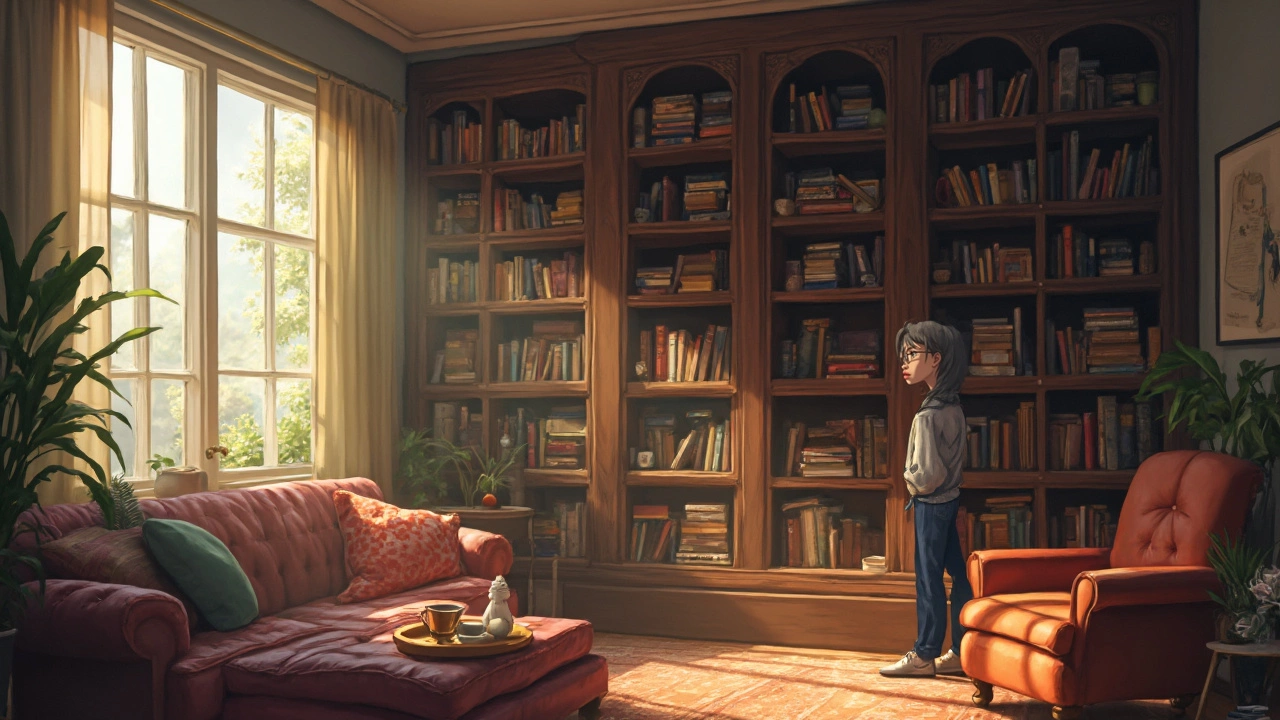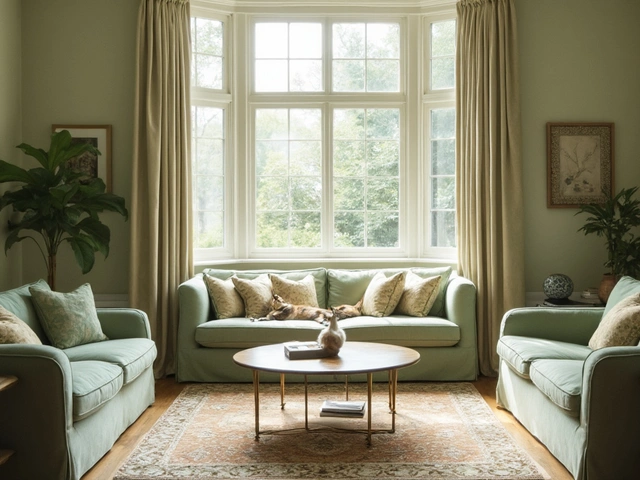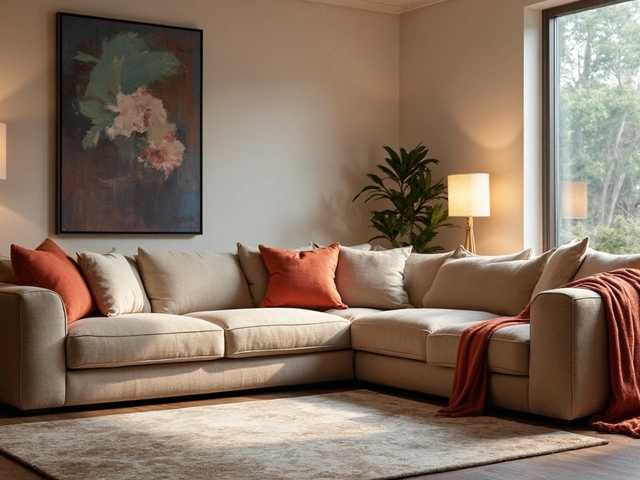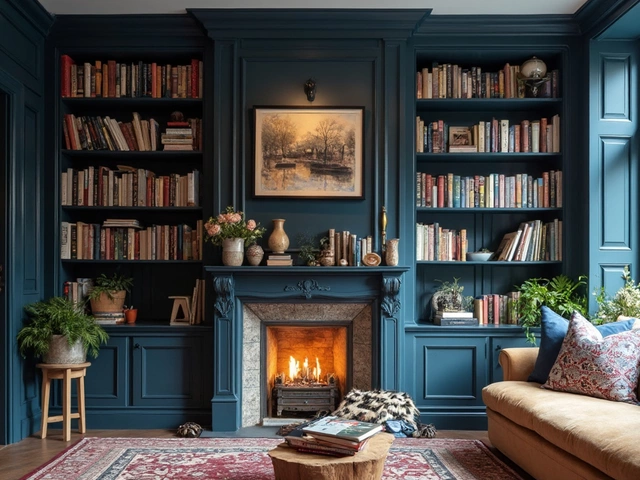Book Display Ideas: Show Your Books in Style
Ever walked past a plain shelf and wished it looked more lively? Displaying books isn’t just about storing them – it’s a chance to add personality to a room. Whether you have a tiny apartment corner or a spacious classroom, a few simple tricks can turn ordinary shelves into eye‑catching displays. Below you’ll find easy steps that work for any budget and space.
Pick the Right Shelf
The first decision is the shelf itself. Look for a unit that matches the height of most of your books; a standard 12‑inch spacing works for paperbacks and most hardcovers. If you have tall art books or oversized textbooks, choose a deeper or taller section to avoid bending spines. Open‑back shelves create a light, airy feel, while glass‑front cases protect rare volumes. Don’t forget to check weight limits – a sturdy metal frame or solid wood can hold more than a flimsy particle board.
When space is tight, think vertically. A floor‑to‑ceiling bookcase uses the wall fully and leaves floor area free for other furniture. Add a small ladder or step stool for easy access to top rows. If you’re in a classroom, modular units that can be re‑arranged work well because you can shift them as the curriculum changes.
Creative Display Tricks
Now that the shelf is set, it’s time to arrange the books. Alternate vertical stacks with horizontal rows – the latter give you a place to put decorative items like plants, frames, or a small sculpture. Color‑coding spines creates a visual punch; try grouping reds together, then blues, and so on. If you love a particular genre, dedicate a whole section to it and label it with a simple sign.
Don’t be afraid to mix in non‑book items. A basket of magazines, a vintage globe, or a stack of art supplies can break up monotony and add texture. Use bookends to keep shorter piles from toppling; a pair of decorative brackets can double as art pieces. For a cozy vibe, place a small lamp on the lower shelf – the warm light highlights the spines and makes the area inviting.
Finally, keep the display fresh. Rotate a few books every month to showcase new reads or seasonal topics. This not only keeps the look dynamic but also encourages people to pick up titles they might otherwise ignore. A tidy shelf also signals care; dust regularly and straighten any misaligned rows.
With these straightforward ideas, you can turn any collection of books into a focal point that reflects your style and interests. Remember, the goal isn’t just storage – it’s to make the books part of the room’s story. Have fun experimenting and watch how a simple shelf can change the whole atmosphere.





